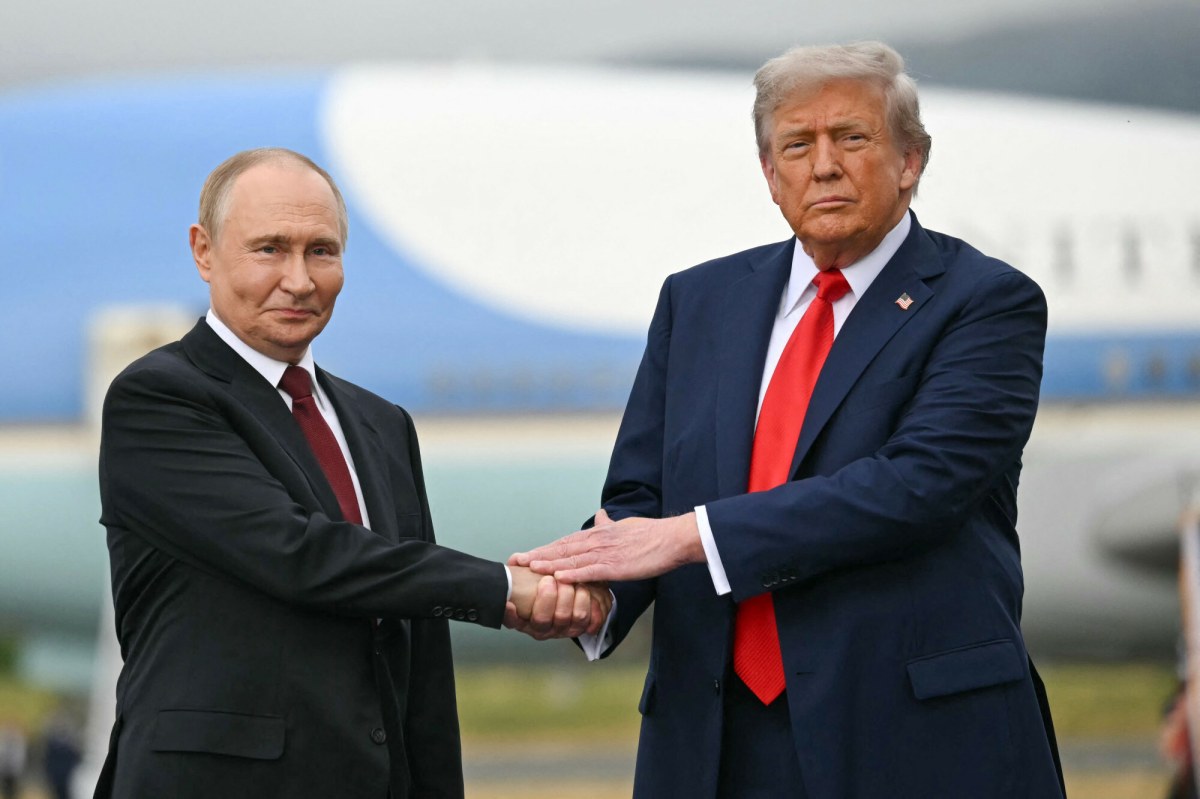
Is The World Lurching Back Toward A Gold Standard?
Authored by Mike Maharrey via Money Metals,
Could the world be creeping closer to a monetary gold standard?

Steve Forbes sees signs that it is.
In a recent article published by Forbes Magazine, Steve Forbes wrote that it may seem hard to believe, but the world is “beginning to lurch toward a gold-based monetary system.”
“This, despite the fact that the historical gold standard is held in almost universal contempt by economists and financial officials.”
Forbes argued that this disdain for a gold standard is misplaced, pointing out that during the 180 years that the dollar was tied to gold, the U.S. enjoyed the greatest long-term growth in human history without the ravages of price inflation.
“Since the greenback’s link to gold was severed, our average historic growth rates have fallen by about a third. Median household income today would be at least $40,000 higher if our traditional pattern of growth for those 180 years had been maintained. Nonetheless, the contumely and scorn for a goldbased monetary system is universal.”
That’s because government people and their support system in academia and media hate gold.
Why Is There Such Disdain for a Gold Standard?
Because it limits the growth of government.
In fact, you could argue that by rejecting the gold standard, the U.S. traded economic growth that benefits the average person for government growth that benefits the political class.
Franklin D. Roosevelt took the first steps to abandon the gold standard in the 1930s.
With the dollar tied to gold, the Federal Reserve was unable to significantly increase the money supply during the Great Depression. It couldn’t simply fire up the printing press as it can today. The Federal Reserve Act required the central bank to hold enough gold to back at least 40 percent of the currency notes in circulation.
But the central bank was low on gold and up against the limit.
To solve this “problem,” FDR nationalized gold, removing it from public hands with a confiscation order. He then arbitrarily increased the fixed price of gold to $35 an ounce. This effectively boosted the value of gold on the Federal Reserve’s balance sheet by 69 percent.
By increasing its gold stores through the transfer of private gold to the Fed, and declaring a higher exchange rate, the Fed could circulate more paper money. In effect, the hoarding of gold by the government allowed it to inflate the money supply.
President Richard Nixon severed the last link to the gold standard in 1972 when he closed the “gold window.”
While Americans were legally prohibited from redeeming dollars for gold by FDR’s moves in the 1930s, foreign governments retained that privilege. In the 1960s, the Federal Reserve initiated an inflationary monetary policy to support government spending for the Vietnam War and President LBJ’s “Great Society.” These inflationary policies rapidly devalued the dollar. Foreign governments responded by redeeming dollars for gold. As gold flowed out of the U.S. Treasury, officials worried it could completely deplete the country’s gold reserves.
This is exactly how a gold standard is supposed to work. It limits the amount the money supply can grow and constrains government spending.
Instead of insisting on fiscal and monetary discipline, Nixon simply cut the dollar’s last ties to gold. Since then, the Fed has been able to print money with virtually no restraints.
Is a Gold Standard Coming Back?
This monetary malfeasance has consequences. It incentivizes debt. It devalues the currency. It drives malinvestments in the economy and boom-bust cycles. The negative impacts of a fiat currency system could push the world back into the arms of gold.
As Forbes put it, “Events … have a peculiar way of forcing things once unthinkable into the forefront of consideration, and then into reality.”
Forbes points out four signs that point to a return to some kind of monetary gold standard.
1. Central Bank Gold Buying
Central banks have been gobbling up gold at a record pace. Last year, central bank gold buying fell just 45 tons short of 2022’s multi-decade record.
According to the World Gold Council, central banks’ net gold purchases totaled 1,037 tons in 2023. It was the second straight year central banks added more than 1,000 tons to their total reserves.
Central bank gold buying in 2023 built on the prior record year. Total central bank gold buying in 2022 came in at 1,136 tons. It was the highest level of net purchases on record dating back to 1950, including since the suspension of dollar convertibility into gold in 1971.
China, India, Russia, Turkey, and other emerging market banks have driven this buying spree.
„These countries are reacting to growing doubts about the long-term value of the dollar, which in turn is a symptom of the perceived decline of the United States,” Forbes wrote.
2. The Rise of Cryptocurrencies
Forbes argues that the growing interest in crypto is a “high-tech cry for help in the face of increasingly unreliable fiat currencies.”
3. The Binge of Debt Creation
As already noted, fiat money systems incentivize debt. We see this playing out today with government, corporate, and personal debt at record levels. Much of the United States’s economic growth over the last 18 months has been put on credit cards.
Debt isn’t just a problem in the U.S. Global debt has grown to $300 trillion, three times global GDP.
This is unsustainable. Forbes argues that debt “will inevitably kindle crises that cannot be easily extinguished.”
4. The Rise of BRICS
BRICS is an economic cooperation bloc originally made up of Brazil, Russia, India, China, and South Africa. As of Jan. 1, 2024, the bloc expanded to include Saudi Arabia, Egypt, the UAE, Iran, and Ethiopia. More than 40 other nations have expressed interest in BRICS membership.
BRICS countries have floated the idea of an alternative currency to compete with the dollar, along with new payment systems that would dent U.S. economic hegemony.
Meanwhile, India is experimenting with gold-based government bonds.
Forbes said that these “monetary mechanizations” haven’t amounted to much – yet. But it does reflect a general shift away from the dollar and toward something else. The most logical something else is gold.
Even Zimbabwe, the poster child for monetary hyperinflation, has turned to the yellow metal.
„Deep skepticism is warranted that this government has the discipline to make such an arrangement work,” Forbes wrote, “But the move is a sign of things to come.”
The Impact of a Gold Standard
A gold standard would drive the price of gold significantly higher.
Financial analyst and investment banker Jim Rickards also sees the world tilting toward a gold standard.
Like Forbes, Rickards understands that there will always be a lot of resistance to a gold standard because it limits government. But he also sees a scenario where events force governments’ hands.
“What if confidence in command currencies collapses due to some combination of excessive money creation, competition from Bitcoin, extreme levels of dollar debt, a new financial crisis, war or natural disaster? In that case, central bankers may return to gold not because they want to, but because they must in order to restore order to the global monetary system.”
If the world were to turn to gold, Rickards calculates that gold would need to settle somewhere in the neighborhood of $27,000 an ounce.
There are plenty of roadblocks in any path back to sound money, but as the saying goes, necessity is the mother of invention. If the global fiat system collapses, it has to be replaced with something. Gold has been money for 5,000 years, so it is a logical choice. And as I like to say – eventually, economics always wins.
Tyler Durden
Tue, 05/28/2024 – 16:20

 1 rok temu
1 rok temu





